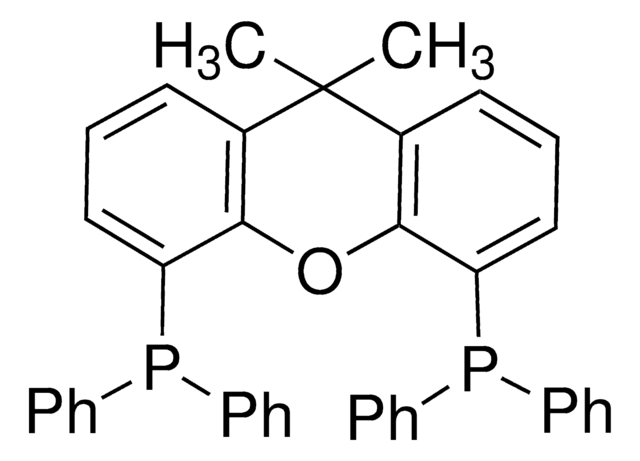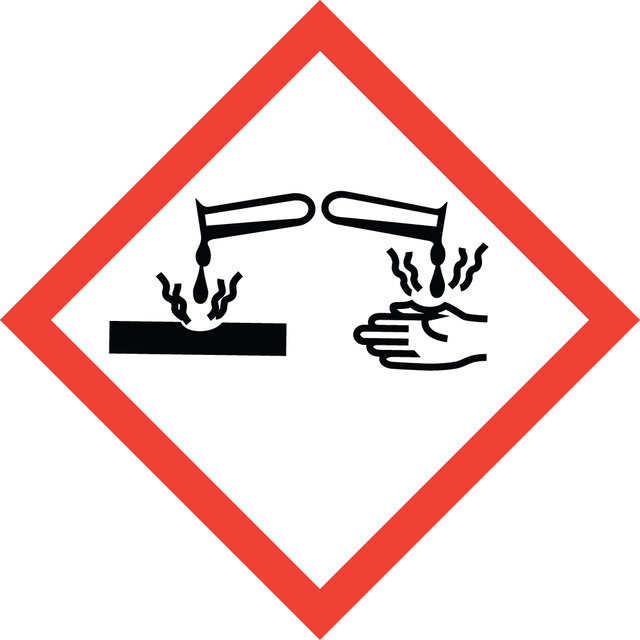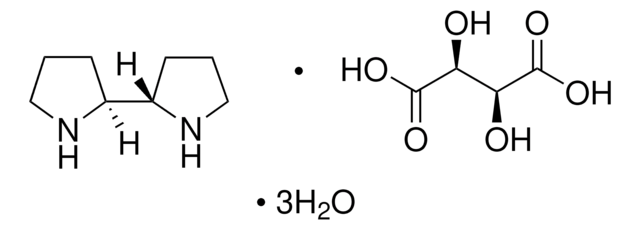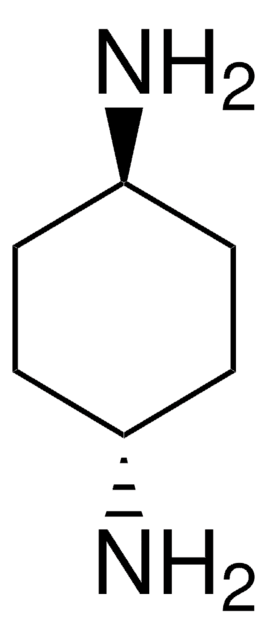671274
(R,R)-(−)-N,N′-Dimethyl-1,2-cyclohexanediamine
≥97.0% (GC)
Synonym(s):
(R,R)-(−)-N,N′-Dimethyl-1,2-diaminocyclohexane, trans-1,2-Bis(methylamino)cyclohexane
Sign Into View Organizational & Contract Pricing
All Photos(2)
About This Item
Empirical Formula (Hill Notation):
C8H18N2
CAS Number:
Molecular Weight:
142.24
MDL number:
UNSPSC Code:
12352116
PubChem Substance ID:
NACRES:
NA.22
Recommended Products
Assay
≥97.0% (GC)
optical activity
[α]/D -145±5°, c = 4.47 in chloroform
mp
39-44 °C
functional group
amine
storage temp.
2-8°C
SMILES string
CN[C@@H]1CCCC[C@H]1NC
InChI
1S/C8H18N2/c1-9-7-5-3-4-6-8(7)10-2/h7-10H,3-6H2,1-2H3/t7-,8-/m1/s1
InChI key
JRHPOFJADXHYBR-HTQZYQBOSA-N
Related Categories
General description
(R,R)-(-)-N,N′-Dimethyl-1,2-cyclohexanediamine is a N,N′-dimethylated derivative of enantiopure 1,2-diaminocyclohexane. It can be formed during the hydrolysis of (R3a,R7a)-1,3-(dimethyl)-2-phenyl-2,3,3a,4,5,6,7,7a-octahydro-1H-1,3,2-benzodiazaphosphole 2-oxide using HCl-methanol.
Application
(R,R)-(−)-N,N′-Dimethyl-1,2-cyclohexanediamine can be used:
- As a ligand in the preparation of 4H-benzo[f]imidazo[1,4]diazepin-6-one through multi-component Ullmann coupling reaction.
- In one of the key synthetic steps for the preparation of tricyclic γ-secretase modulators.
- To prepare chiral fluorous diamino-diol proligand, which is used in the synthesis of zirconium metal complexes applicable as catalysts in 1-hexene polymerization.
Signal Word
Danger
Hazard Statements
Precautionary Statements
Hazard Classifications
Acute Tox. 4 Oral - Eye Dam. 1 - Skin Corr. 1B
Storage Class Code
8A - Combustible corrosive hazardous materials
WGK
WGK 3
Flash Point(F)
165.2 °F - closed cup
Flash Point(C)
74 °C - closed cup
Personal Protective Equipment
dust mask type N95 (US), Eyeshields, Gloves
Choose from one of the most recent versions:
Already Own This Product?
Find documentation for the products that you have recently purchased in the Document Library.
Customers Also Viewed
Our team of scientists has experience in all areas of research including Life Science, Material Science, Chemical Synthesis, Chromatography, Analytical and many others.
Contact Technical Service


















